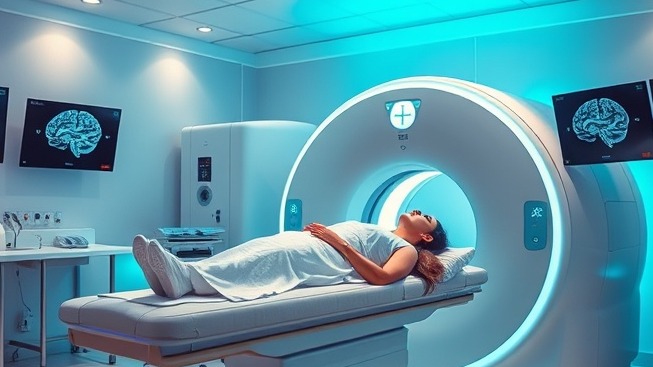
Unraveling the Complexity of Parkinson's Treatment
A groundbreaking study from Simon Fraser University reveals critical insights into the effectiveness of Parkinson’s disease medication, specifically levodopa. Despite its widespread use in dopamine replacement therapy, the drug does not yield uniform results across all patients. Researchers have discovered that levodopa sometimes stimulates the wrong brain areas, which may explain why some patients see only limited benefits. The findings, unveiled through an innovative brain scanning technology called magnetoencephalography (MEG), aim to personalize treatment approaches.
Why This Research Matters
The implications of this research are monumental. With Parkinson's disease being the second most prevalent neurodegenerative disease, and its incidence on a steep rise, understanding how patients uniquely metabolize medications could improve quality of life for millions. This personalized approach to treatment could offer more targeted drug therapies that activate specific brain regions crucial for managing symptoms effectively.
MEG: The Future of Brain Imaging
MEG is a cutting-edge non-invasive technology that measures the magnetic fields generated by electrical activity in the brain. By employing this method, researchers were able to pinpoint where levodopa was having unexpected effects in patients. As a result, this technology not only helps in optimizing existing treatments but may also pave the way for new therapeutic strategies in managing neurological disorders.
Hope for Future Generations
As more research accumulates, the hope is that healthcare providers can tailor Parkinson's treatment based on an individual’s brain activity patterns, ensuring that each person receives the most effective care possible. This could lessen the burden of symptoms experienced by patients and enhance their daily lives, emphasizing the importance of ongoing research and innovative science in fighting neurodegenerative diseases.
 Add Row
Add Row  Add
Add 




Write A Comment